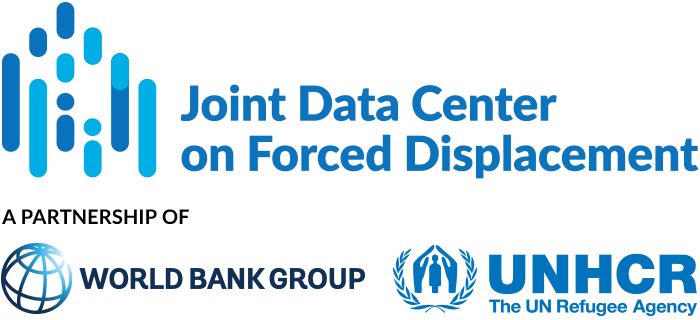The 2024 Global Trends report presents the most recent official statistics on refugees, asylum-seekers, internally displaced persons (IDPs), stateless people, and returned refugees for the year 2023. The data included in the report is sourced from governments, non-governmental organizations, and UNHCR.
JDC Literature Review
Prevalence and associated factors of common mental disorders among internally displaced people by armed conflict in Cabo Delgado, Mozambique: a cross-sectional community-based study
This study estimates the prevalence of post-traumatic stress disorder (PTSD), depression, and anxiety, and associated factors among armed conflict survivors in Cabo Delgado, in northern Mozambique. Mozambique hosts nearly 32,000 refugees and asylum-seekers, and more than one million IDPs displaced by violence perpetrated by non-state armed groups.
Prevalence of depression and associated factors among community hosted internally displaced people of Tigray; during war and siege
This study estimates the prevalence of depression and associated factors among internally displaced persons (IDPs) in Tigray, Ethiopia. Between November 2020 and September 2021, an estimated 2.1 million people were displaced by armed conflict in Tigray between the Tigray regional government and the Ethiopian federal government.
Post-traumatic stress disorder and associated factors among internally displaced persons in Africa: A systematic review and meta-analysis
The study provides a comprehensive synthesis of existing research on post-traumatic stress disorder (PTSD) and associated risk factors among IDPs in African countries.
Policy preferences in response to large forced migration inflows
This article examines public preferences for immigration policies in Colombia, and the extent to which humanitarian concerns matter for those preferences. Colombia hosts an estimated 2.5 million Venezuelan migrants, approximately 40 percent of the total number of Venezuelan migrants who were displaced between 2014 and 2023. Venezuelan migrants and Colombian natives share similar histories, as well as ethnolinguistic, social, and cultural features.


